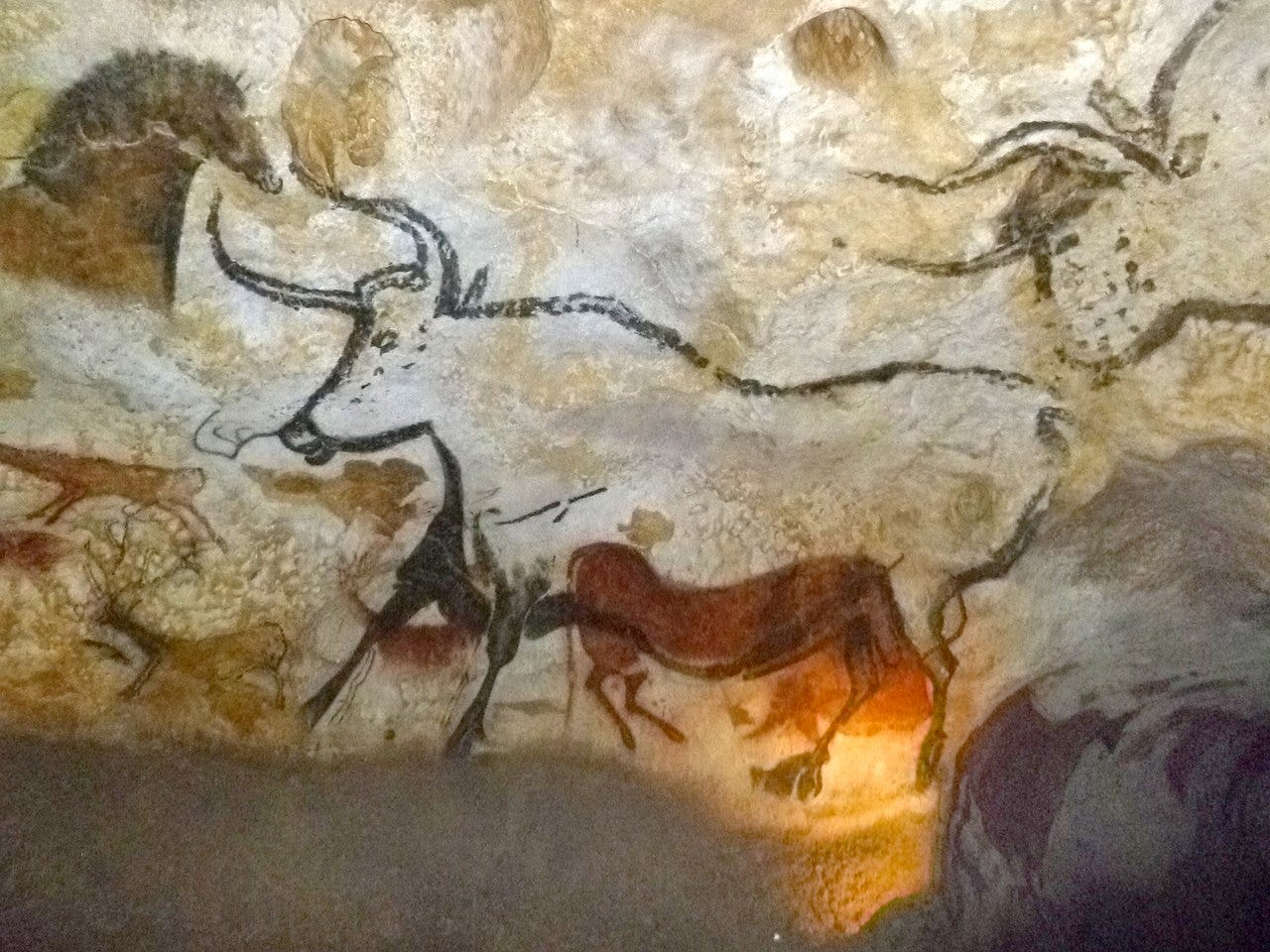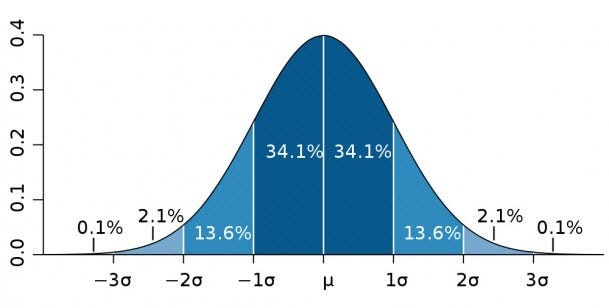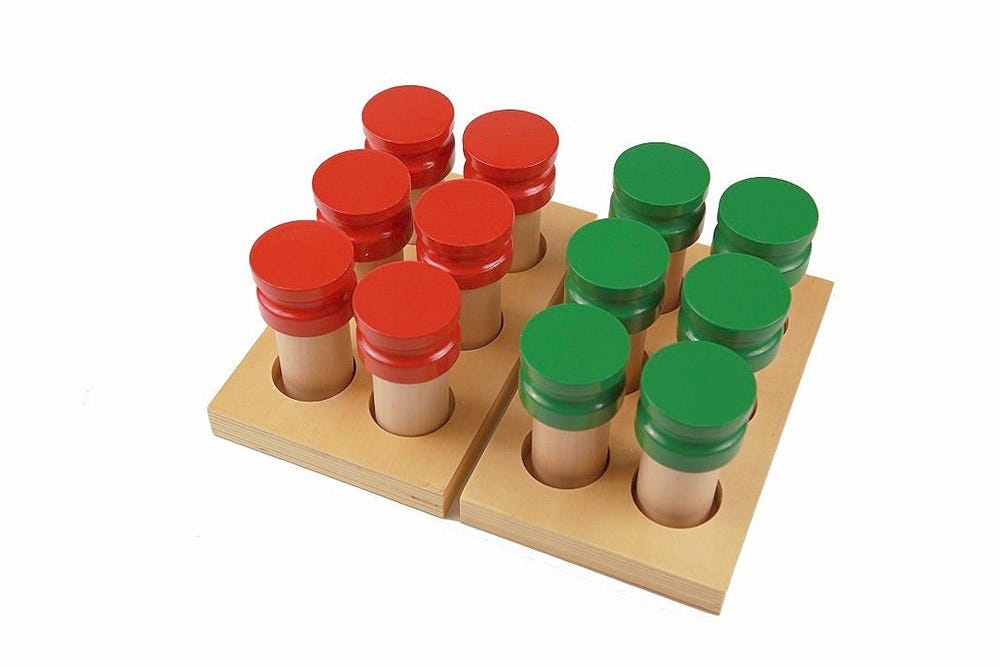1. A problem
Everyone agrees that touch, taste, and smell are a huge part of how we come to know the world. Meanwhile, classrooms look like this:
2. Basic plan
Put kids in touch with physical sensations — odors, textures, and so on — to expand their sensorium.
To help them focus on one sense at a time, take away some of the others (especially sight). To strip away their assumptions about what an object will smell, feel, or taste like, make the object a mystery.
3. What you might see
Kids closing their eyes and wafting in an herbal tea.
Blindfolded kids nibbling on the rind of a citrus fruit, masticating on a root vegetable (think yams, jicama, or parsnips), chewing on a flower (think lavender, rose, and dandelion), or letting a pinch of an herb (think parsley, sage, rosemary, and sneezewort1) sit on their tongue.
Kids taking turns sticking their hand into a box with a hole on the side, carefully feeling the texture and contours of a mysterious natural object.
Kids hefting a series of boxes (each carrying a different size of gym dumbbell) an inch off the ground.
In each of these, kids trying to put into words what they’re experiencing, and trying to guess what the mysterious object is.
4. Why?
The natural environment that we’re evolved to live in is 500 million years of evolved life; it’s prickly, silky, musky, acrid, clammy, earthy, and fiery. But over the last few decades, we’ve raised kids in increasingly inorganic, sterile, abstract environments.
Maybe this is… bad?
5. Egan’s insight
Where do we see this in the human experience?
This is a pattern for “art”, and Egan suggests that art, for humans, began as the attempt to communicate what could not be put in words.

Insofar as this is true, to do art, you first need to experience the ineffable.
How might this build different kinds of understanding?
Ours are not the brains of disembodied spirits conveniently glued into ambulant, corporeal shells of flesh and blood.
Rather, they are essentially the brains of embodied agents…
– Andy Clark, philosopher2
Our body is the foundation for all our other ways of understanding the world. This pattern gives kids years to build real SOMATIC understanding by focusing on 🤸♀️BODILY SENSATIONS. (What do these weird emoji mean?)
And we help students focus on these by making the activities 🧙♂️GAMES: we choose a goal (identify the object), set roles (sometimes one student can be the challenger, the other the challenged), and give arbitrary limits (“how can you describe this smell in just four words?”).
It would be easy, too, to make this even more sticky by triggering adolescents’ lust for 🦹♂️COLLECTIONS: “can anyone identify all thirty-seven kinds of spices that our local drug store stocks?”
6. This might be especially useful for…
Sensory Processing Disorder is a diagnosable condition, so, um, we’re definitely not talking about that! Ha ha ha, why would anyone imagine such a ludicrous thing?!3
But assuming that this is a spectrum, it stands to reason that nearly half the population is between getting a diagnosis and being a boring, bog-standard Homo sapiens normalicus.4
Those kids.
7. Critical questions
Q: Two words for you: EPI. PENS.
Agreed — the biggest danger with this is that a kid eats something and has an allergic reaction.
Obviously, this can happen at almost any time with any food, and we still allow children to eat, so I don’t think this is disqualifying, but it is a reason to hold off on the tasting part of this before we get some advice from people who know about allergies.
Note: I showed an early version of this pattern to a friend whose son’s food allergies are so severe and diverse that it prompted them to start homeschooling in the first place. She replies:
This is NOT likely to cause an allergic reaction as long as you’re avoiding the top 8, and it’s especially unlikely with the foods you mentioned.
Those top eight — and here’s our weekly public service announcement — are milk, eggs, fish, shellfish, tree nuts, peanuts, wheat, and soybeans.
If you have other wisdom on this, please share in the comments!
Or, can you think of ANOTHER way this could go terribly, terribly wrong? Frankly, we’d like to know about it! Become a paid subscriber and join in the comments conversation.
Q: I hear “blindfolds”, I think “vector for lice”.
If we use them, it’d probably be a good idea for everyone to have a separate one. (But cloth is cheap, and kids of a certain age might even sew their own.) Note, though, that putting items in a box (or even a sock) might often be better.
Q: Blindfolds also make me think “children pinging off walls” and “smashing into terrariums”.
These are oddly specific associations.
Q: Be that as it may, I still worry about horseplay.
Agreed. Because of this, it might be a good idea to make this pattern “special” to the kids.
Q: Isn’t this easy, childish, and a waste of my very smart student’s time?
It can start out easy, but imagine how challenging it can get.
“Is this sandpaper or felt?” is a question for noobs. “Is this 30-grit sandpaper, 60-grit, 600-grit, or office paper? Is this the sleek shiny kind of paper that comes with a new printer, or the garbage kind you get at Walgreens? Is this felted wool, felted acrylic, or rayon?” …these are questions for pros.
(And just imagine how specific you could get about, say, honey — “did the bees make this honey from clover, from orange blossom, or from alfalfa?”
A minute ago, I nearly wrote “‘Is this sandpaper or felt?’ is a question for first graders”, but it struck me that, unlike a lot of academic skills, how fine-tuned someone’s sensorium is doesn’t necessarily track well by age. In fact, this seems like one of those skillsets that younger kids might be better at than adults, or at least able to gain skill in more quickly. (If anyone knows details on this, lemme know, and I’ll gift you a week’s paid subscription, so you can post it in the comments.)
Q: Brandon, you teach science and are conversant with Aristotle — you must know that touch is not one “sense”!
Correct! It’s at least four:
This is just one of the many fun factoids of perception that is made much more enjoyable by actually exploring it through experience. (Which is a pretty cool way that science can help us better build our artistic sensibilities!)
8. Classroom setup
We might want blindfolds in the classroom, and perhaps a box (with a hole on the side) to place mystery objects in.5 A small fridge, the better for the teacher to store foods and other things with volatile organic compounds (aka “smells”).
9. Who else is doing this?
Maria Montessori, as usual, got here first! Montessori schools often use smell bottles and mystery bags.
From talking to some Montessori teachers,6 I gather that this isn’t usually pursued very deeply — they don’t learn oh-so-many smells. (I’d be fascinated to hear from any former Montessori students on how far they got in this.)
How could we start small, now?
Anyone wishing to start on this now can just grab something small, toss it in a sock, and hand it to a loved one. To do the same thing with smells: cover an empty jar in duct tape (so no one can look in), pop something smelly inside, and hand it to your increasingly-confused-looking loved one!7
10. Related patterns
Another way to expand people’s sensoriums, of course, is to Get Them Outside°. Having become acquainted with a texture, students may want to examine it visually under one of the Cheap Microscopes Everywhere°. And having found a smell they absolutely love (or hate), kids may want to See Smells° and find out what the molecule looks like.
Afterword: Going full-meta, here
Oh! I always forget to note stuff that’s already happened, but last weekend Ernest and I had a good quarrel in our YouTube Live “Impossible Conversation”. We talk about a lot of things, especially what we in the Eganhead community need to do to get this out into the world. It actually gets spicy somewhere around, oh, the 90 minute mark. Enjoy!
Oh, and here’s the occasional reminder that if you’re reading this in email, you’re not taking advantage of Substack’s cool footnote technology: on the web (and in the app), you don’t have to scroll all the way to the bottom.
Though “Ambulant, Corporeal Shells” would be a great band name.
😐
And actually the diagnosis itself is a bit controversial: the DSM lacks it, while the Diagnostic Classification of Mental Health and Developmental Disorders of Infancy and Early Childhood-Revised includes it (possibly somewhere in the title? no one’s gotten through it yet).
A painted wooden box — one with a sleeve that attaches to the hole — would be so cool, but the empty Amazon box on the floor next to your dining table will do in a pinch. (No, not that one, the one next to it. Gosh, you should take out the recycling.)
Mostly just my wife.
Another exciting night at the Hendrickson household!









I like this idea, but to me "identify the mystery object" sounds more like an introduction to science than art.
And in fact, I had a biology teacher in community college who tried essentially this to illustrate the concept of empirical science.
He did a couple things differently:
- He gave us a list of the possible objects in the mystery boxes beforehand, which probably ruined a bit of the mystery.
- The properties that we checked were more about science-y things like whether it's magnetic, rather than sensory experiences.
It didn't work very well - as I recall, I was the only person in the class who cared enough to actually take the task seriously and solve the puzzle. That might be because I was a 16-year-old kid at the time, and the other students were Serious Adults who weren't interested in playing silly games.
In any case, I'm a total Philistine when it comes to art, so I'd love to understand what people see in it. But I don't see how this pattern is connected to that.
I get the vibe of ‘this seems elementary’ - preschool even. But I totally agree that it isn’t. In grad school, a friend of mine created an artificial a$$hole to help teach physicians how to do prostate exams and what different types of issues felt like. Very analogous to sticking your hand in a box and trying to figure out what you are feeling. And serious important science!